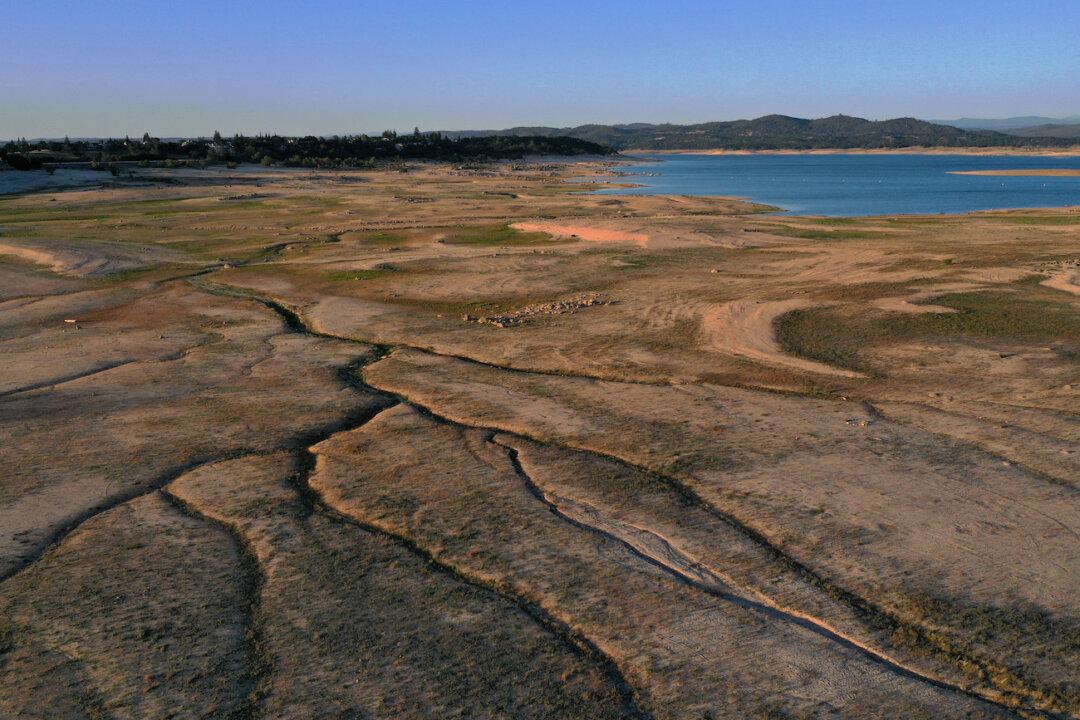California and Nevada are now both “100 percent in drought,” according to a federal monitoring system, with the dry conditions fueling concerns over water supply shortages and wildfires.
“With dire drought conditions, rapidly decreasing snowpack, and low reservoir levels, concern for wildfire season is growing,” the National Integrated Drought Information System (NIDIS) said in a recent update.





